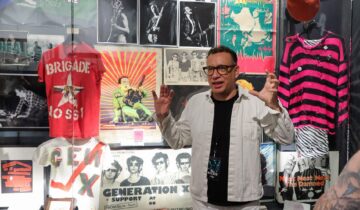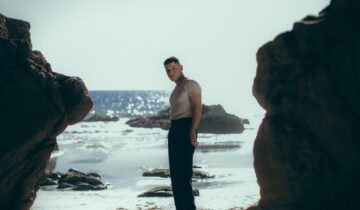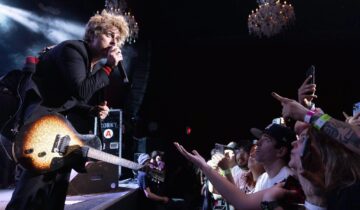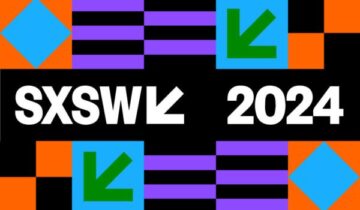 For SF WEEKLY: A new Plaza Program, approved by San Francisco’s Board of Supervisors June 3 and signed by the mayor June 13, aims to reinvigorate under-used city plazas by making it easier for things like music, art, farmers markets, and movie nights to happen in those public, outdoor places.
For SF WEEKLY: A new Plaza Program, approved by San Francisco’s Board of Supervisors June 3 and signed by the mayor June 13, aims to reinvigorate under-used city plazas by making it easier for things like music, art, farmers markets, and movie nights to happen in those public, outdoor places.
The plaza program is an interagency program run by the Office of Economic and Workforce Development, Department of Public Works, and the Real Estate Division (manages public property in the city, including City Hall). The idea is to encourage long-term public space sustainability and build community engagement through a more streamlined permit process.
Previously, anyone who wanted to have any sort of live entertainment (music, puppet shows, dance performances) in an open-air plaza had to fork up $511 every time they wanted amplified sound for their event. Now, a “steward” who wants to create a program of events, performances, or happenings in a city plaza, creates and submits a menu of programming and pays $416 for a year-long permit and $165 to renew that permit each following year, according to Cammy Blackstone, deputy director of the entertainment commission, which grants permits for live entertainment.
“San Francisco doesn’t have street performer permits, and it is cost prohibitive for musicians to get outdoor sound permits. The bucket man playing outside on the sidewalk can’t afford that,” Blackstone told SF Weekly. “Stewards can help mix things up a bit with interesting, varied programming, and they help by taking on the cost of the permit.
So the Plaza Program rests on the shoulders of “stewards” to take the reigns. Lynn Valente has essentially been doing this for 18 years through People in Plazas, a nonprofit that pays 500-600 musicians to perform free concerts in public plazas each summer. In theory, the Plaza Program will make it easier for people like Valente to take ownership over specific plazas and create programs that include music and other forms of entertainment that fit the needs of that particular community.
“For the vitality of the city, you don’t want dead spaces that are empty, and can attract drug activity or fights, or something criminal,” Valente said.
No plaza proposals have been submitted yet. Valente said the United Nations Plaza at Market and 7th, the new McCoppin Hub at Valencia and McCoppin streets, and Mendell Plaza in the Bayview are good examples of public spaces that can benefit from more live music and entertainment that the Plaza Program is designed to provide. Jane Warner Plaza in the Castro and Daggett Park Plaza at the bottom of Potrero Hill were all discussed during Board of Supervisor meetings as plazas that could also benefit.
Robin Havens, a spokeswoman for the Office of Economic and Workforce Development, said the goal is to motivate plaza stewards to maintain good standing within the community by getting to know people and who the various local stakeholders are there. “It can be expensive and complicated to host musical performances outdoors in San Francisco,” Havens said. “The Plaza Program reduces those barriers in order to help local nonprofit stakeholders produce live music and other events that we know communities around SF want.”



